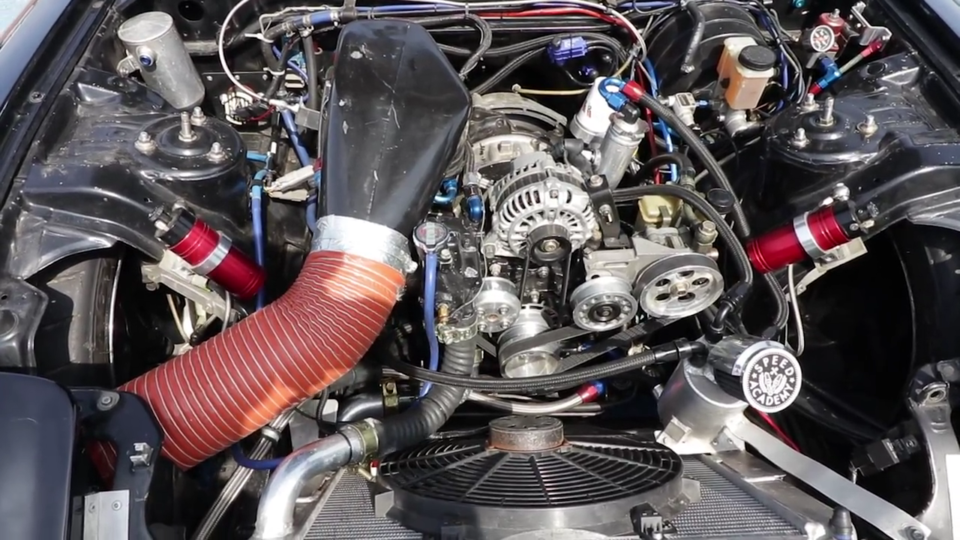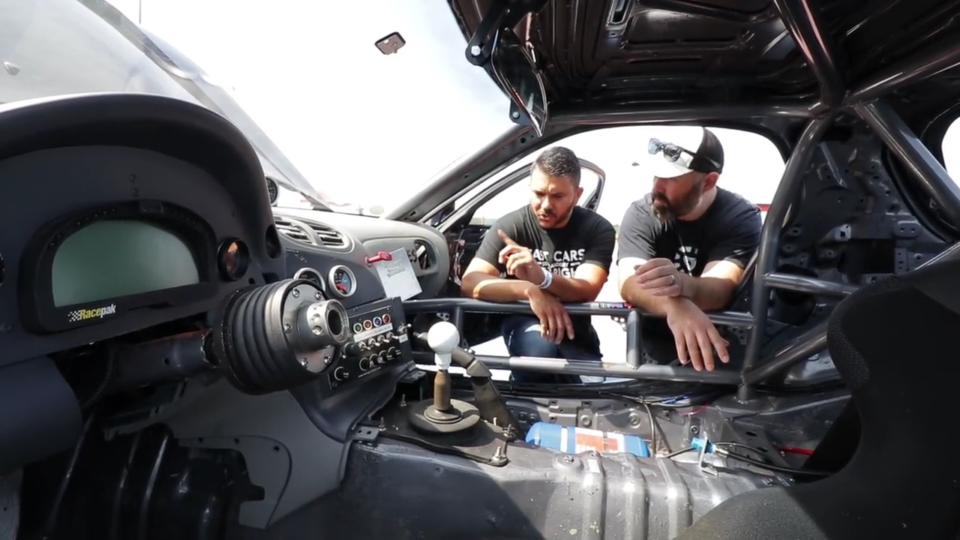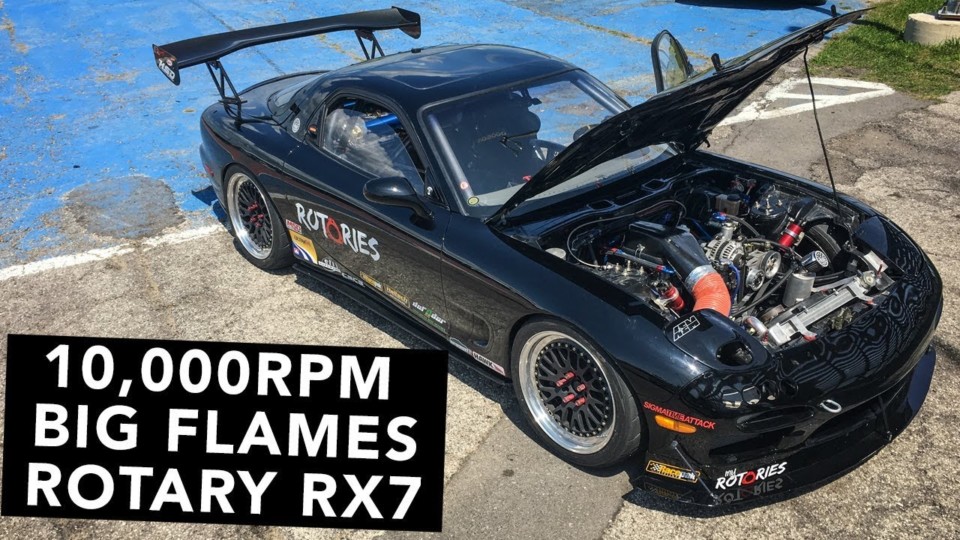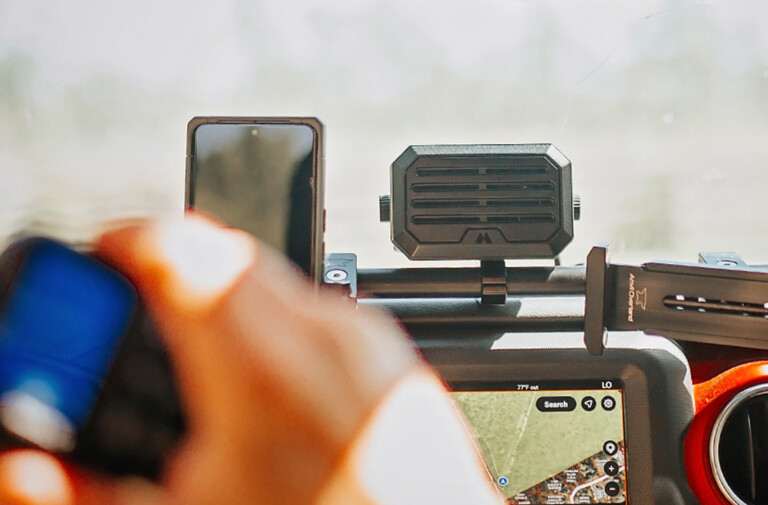Residing at the small space where tuners and true track rats converge, the gurus at Speed Academy have a knack for describing how the mechanical functions impact on-track performance. In this case, they pose the question: is a normally-aspirated rotary superior to its force-fed counterpart, when stuck in the middle of an FD3S RX-7?
The 13B-REW is a renowned engine — both for its ability to make power, as it is for its reputation for fragility. However, is it appealing once the HT12 turbochargers and all that wonderful boost pressure are thrown out?
For the road racer, the answer is a certain: yes. Despite the reduction in output, the corresponding reduction in weight helps make the FD3s, an already agile machine, even pointier. Taking advantage of the compact dimensions of the rotary, the car is even better balanced with the engine in this configuration. Plus, omitting the complicated sequential turbo setup, which includes a vacuum and pressure chamber, four control solenoids, and yards of hoses, cuts headaches in half.
Even without forced induction, the 13B-REW can still make respectable levels of grunt. To achieve some 275 horsepower at the wheels, this 1.3-liter engine was peripherally ported: a treatment which can be compared to adding a very extreme camshaft to a conventional, rod-and-piston engine.

The compact 13B-REW, even with the specialized intake and exhaust, nestles nicely into the engine bay.
Peripheral porting is perhaps the most extreme form of porting, and entails the filling of the standard side housings and replacing them with massive, circular ports on the rotor housings. This also means the apex seals passing over the new ports determines port timing, which virtually ruins performance at lower revs — they don’t idle much below 2,000 rpm. However, it provides a screaming top-end. Thanks to a straighter intake path, this peripheral-port 13B-REW makes most of its power between 9,000 and 10,500 rpm.
Getting that amount of power from the finicky motor takes more than the exotic port job. With an RX-8 eccentric shaft, Series-5 rotors, carbon apex seals, 55mm individual throttle bodies, a reshaped intake port, and a well-matched exhaust, it displaces as much air as such a small motor possibly could. To help safeguard the investment made, Haltech’s Sprint RE and dual wideband keep the temperamental motor running cool. Predictably, this specific approach is not for the meek or the cash-strapped, but with as much as 315 hp in an incredibly compact package, there’s a lot to love with this wildly-tuned rotary.

To make the most of the power available, every unneeded ounce was stripped from the already-light frame.
To invest as much money into the engine without addressing the RX-7’s footwork would be a crying shame. In this case, the RX-7’s already sublime agility is improved by CCW Classic wheels, sticky Toyo R888 tires, massive Stoptech brakes, and trick HSD coilovers. Thanks to a bevy of carbon parts, an already svelte frame, and a completely stripped interior, the handling is world-class.
That crisp turn-in, wonderful high-speed stability from the aerodynamic elements, and just enough power to spin the driven wheels is a combination enjoyed by any track rat. Though the power levels might not turn many heads nowadays, the compact motor nestles nicely into the engine bay, improves the weight distribution, and makes the already agile car into a track scalpel that’s worth the expense.






















